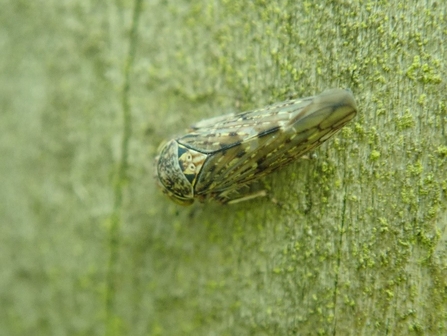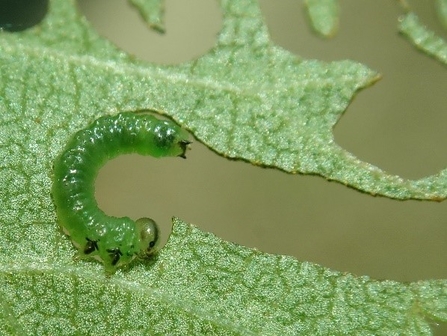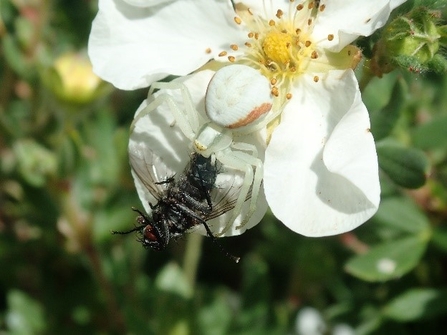I love the detail that can be seen in nature, even as a child I would watch the smallest creatures transfixed by curiosity. What were they? What were they doing, and why?
Now I am the wrong side of 50 my eyes don’t allow me to see the detail unaided, but I have a secret weapon: my camera.
Most cameras have a ‘flower’ setting for close up shots but mine has a microscope setting. This allows me to capture in detail much that I couldn’t otherwise see.




